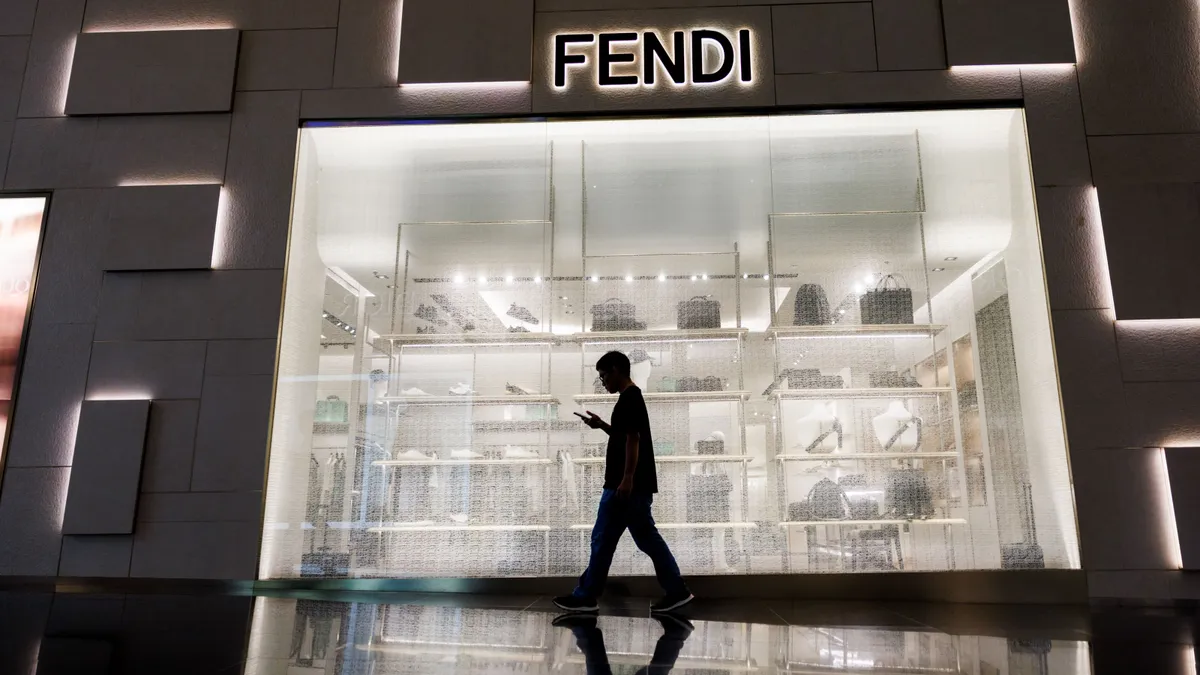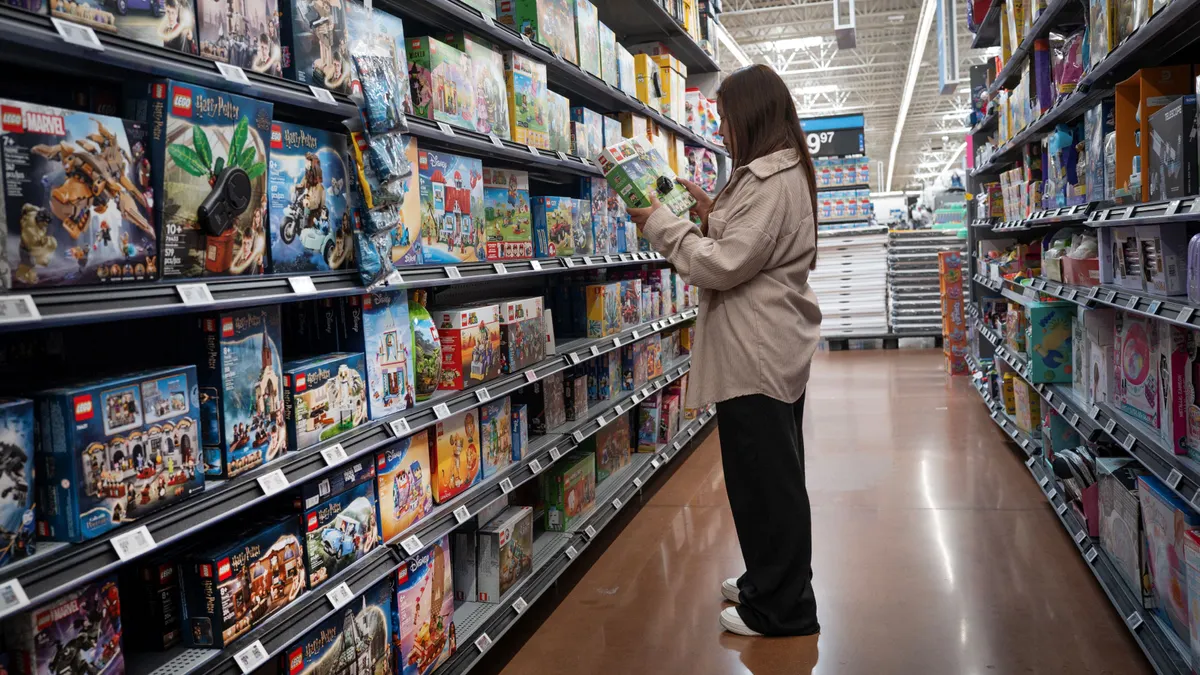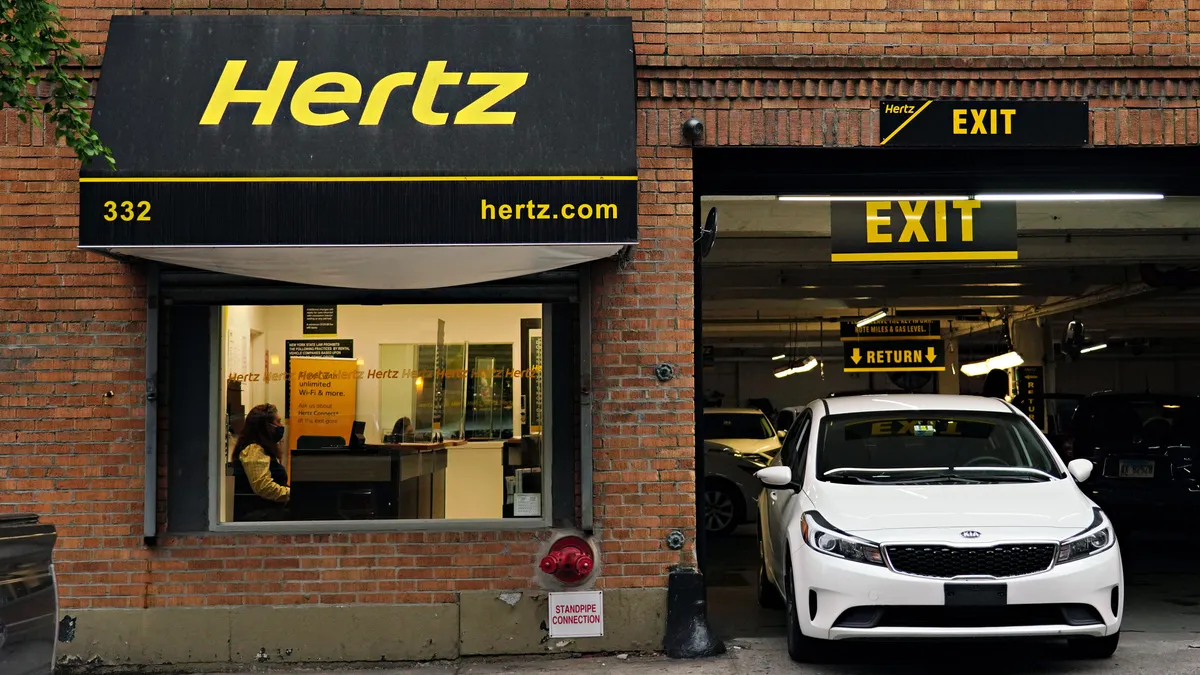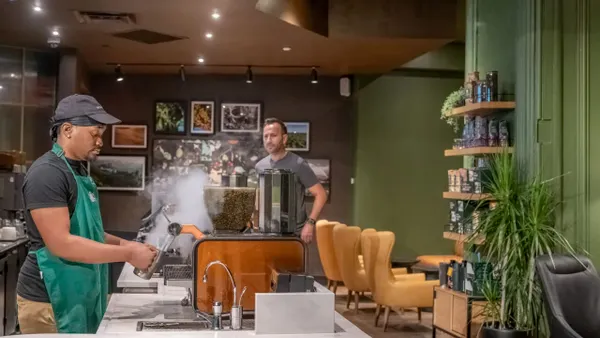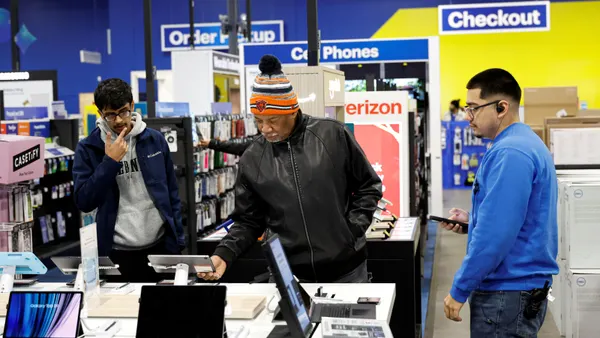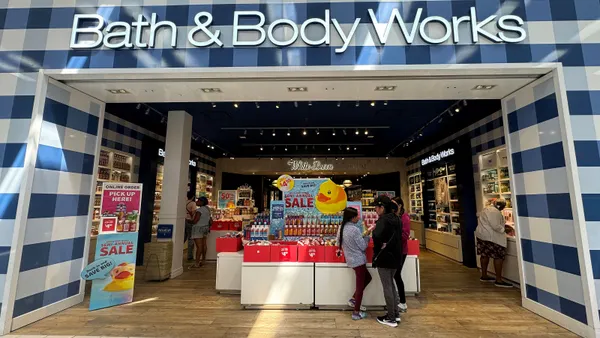Dive Brief:
- Luxury clients still prefer shopping in brick-and-mortar stores and are more satisfied with those shopping experiences, according to an EY report released last month. EY surveyed more than 1,600 clients across 10 markets, focusing on aspirational luxury clients, who make between $100,000 and $400,000.
- Despite the rise of online shopping, just over half — 53% — say they prefer shopping in-store, while a mere 12% prefer shopping exclusively online.
- One-third prefer shopping both in store and online, however, and in some markets, like the United Arab Emirates, just over half make omnichannel purchases. “Online is not going to replace offline, but omnichannel will replace single channel,” said Rachel Daydou, partner at EY France and one of the authors of the Luxury Client Index.
Dive Insight:
Luxury maisons have struggled to acquire and loyalize the aspirational luxury client over the past 18 months, which is why EY focused on the cohort. That group was the growth engine of the industry for the past two decades and has the ability to increase desirability for certain luxury brands and items, according to Daydou.
EY identified one key place where luxury retailers have room for improvement: online experiences.
Three-quarters of luxury shoppers purchased their most-recent luxury item from a store, and nearly all — 98% — are satisfied with such in-store experiences. That number drops to the 80% range for online experiences, according to Daydou.
“When we analyze the e-commerce journey for luxury maisons, they are very standardized,” Daydou said. “So on the one hand, you have this really amazing pampering, very unique experience offline, and then you go online, and you can't see the difference between a mass e-commerce and a luxury e-commerce.”
Clients say they prefer in-person shopping because they can touch and try a product in-store. They also appreciate the luxury ambiance and experience and personalized service.
While some factors are hard to replicate online, there are places where it’s clear luxury maisons need to improve, Daydou said.
When asked what would make their online buying experience more rewarding, clients chose such factors as personalized suggestions for products that for example fit a customer’s exact style, loyalty rewards or exclusive perks for online purchases, and enhanced product visualizations.
“There's much talk about personalization, but what clients are telling us is that perhaps we are not there yet, particularly not in comparison to going to your usual offline store where your client advisor knows you by your first name,” Daydou said.
Brands can also improve product visualization, whether it's sizing, zooming in on textures, or displaying a color in different lights. “These kinds of things are one of the reasons why people go to the store,” Daydou said.


